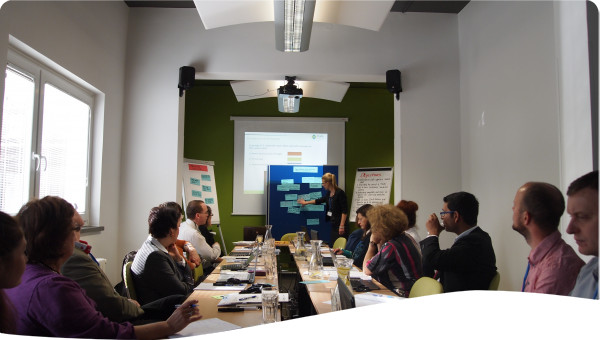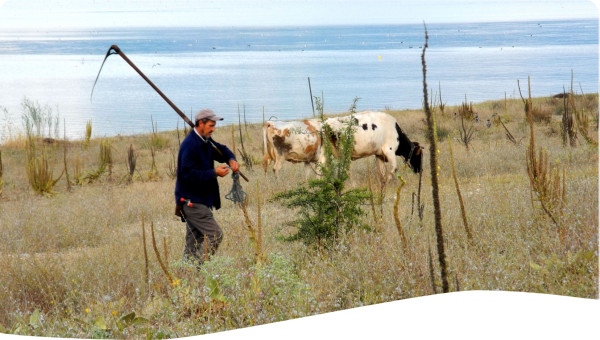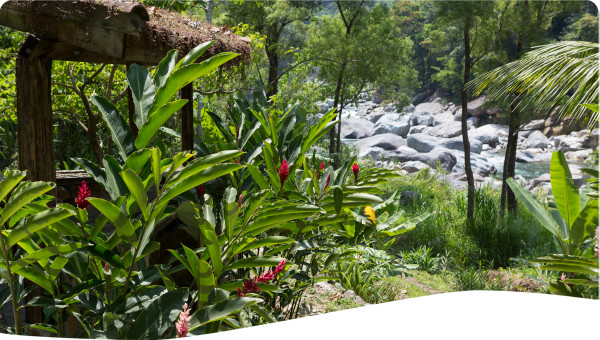 Tool -
Tool -
Conflict management stands within the continuum of methods aimed at handling disputes. Conflict management, unlike resolution, involves the control of a long-term contention where resolution seems to be impossible but sought for. The goal is thus to make an ongoing conflict more beneficial and less damaging to the parties involved (Spangler, 2003). Managing a conflict may also involve a prevention aspect or stage, whereas resolving the conflict mainly focuses on addressing the issues after their occurrence (CAP-NET, 2014). Conflict transformation, in its turn, implies change in the parties’ relationship built upon improving mutual understanding (Botes, 2003).
Conflict management is an umbrella term encompassing a wide array of techniques that can be differentiated based on the degree of formality, involvement of interveners (Tool C6.02), and the extent of direct involvement of the parties (Priscoli, 2003). Different approaches have applications in distinct situations in the water sector (Figure 1). Mediation is suitable for building consensus in a transboundary dispute, but it is not the best approach for urgent evacuation of an area when flooding occurs (Visscher, 2008).
Figure 1. Conflict management pyramid (Adapted from Visscher, 2008)
In the process of creating conditions that discourage dysfunctional conflict, alternative dispute resolution methods are preferable (Tool C6.01; Tool C6.02). General principles pertaining to the use of alternative dispute resolution (ADR) within conflict management are (Priscoli, 2003):
- Defining the problem instead of proposing solutions or taking positions: This will help aligning different definitions of the problem, recognising the need for a solution, and avoiding limiting the range of possible solutions.
- Viewing the situation as an opportunity for collaboration, not competition: It is possible to collaborate even in cases when some interests are not compatible by shifting the focus to the fact that shared goals can be found.
- Employing effective communication skills: Perspective-taking is an important practice in a conflict when shifting between your own views and views of another party as well as a third perspective based on facts, evidence, data, an outsider’s opinion (GWP and Cap-Net, 2021) (Figure 2).
- Designing the process to address the type and sources of conflict: One of the initial steps in a conflict management process is analysing the conflict followed by engaging stakeholders, assessing options, using one of the techniques mentioned above (preferably ADR), designing and monitoring agreement (Engel and Korf, 2005).
Figure 2. Three perspectives in a conflict (Adapted from GWP and Cap-Net, 2021)
For the conflict analysis to be implemented, the conflict should be examined to uncover the root cause of conflict behaviour. This information can facilitate designing a resolution strategy instead of using solely trial-and-error approach (Cap-Net, 2014). Five sources of conflict may be identified (Figure 3):
- Data or information conflict: Lack of information and misinformation are catalyst of the conflict as well as relevance and interpretation of data (Tool B4.01).
- Relationship conflict: Results from emotions, stereotypes, and miscommunication.
- Value conflict: Ideological differences and differing standards on evaluation of ideas may generate the conflict.
- Structural conflict: This is caused by unequal distributions of power and resources.
- Interest conflict: Actual or perceived competition over interests, such as resources. Conflicting interests concerning water are usually attributed to the following issues: quantity, quality, and timing (Wolf et al., 2005).
Figure 3. Circle of Conflict (Adapted from Dow, 2019)
Interests as a source of conflict vary by type (Cap-Net, 2014):
- Procedural: questioning the domination over a water resource or resource use decision-making (upstream and downstream parties are deciding what the fair grounds for water allocation are: rights-based, needs-based, market-based approaches etc.) (UNECE, 2021).
- Psychological: questioning the data regarding water supply (downstream actors may be concerned that upstream countries are not revealing the truth).
- Substantive: questioning the current state of things (a downstream player is not getting consistent flow for year-round hydropower generation due to seasonal shortages created by upstream farmers).
Another useful exercise for analysing a conflict is aimed at moving beyond the public position of each party and understanding their interests and needs, which will help find the common ground between the groups (Figure 4). Based on the analogy of an onion, the outer layer depicts the positions that are seen to and heard by the public: the government wants to dam the water of a river for economic development, but people downstream are worried about water shortages. The next layer demonstrates the interests – what different parties want to achieve from a particular situation: all people share a common interest in a secure water supply. Finally, needs reveal what is required for the parties to be satisfied: upstream party requires plenty of water for a mining enterprise while people downstream need it for crop production. Needs may be incompatible and in a situation of conflict and instability, actions are unlikely to come directly from needs (Fisher et al., 2000).
Figure 4. The onion model (Adapted from Cap-Net, 2014)
After conducting a rigorous conflict analysis, one of the conflict management approaches may be chosen (Kilmann and Kenneth, 1976) (Figure 5):
- Avoiding: It is a lose-lose situation, where actions are not taken to address the issue, leaving it unsolved.
- Accommodating: Refers to a lose-win situation, where one of the parties is willing to compromise its gains to a peaceful relationship rather than argument over the issue.
- Compromising: Happens when flexibility and negotiation find common ground and all parties have equal power. This can also happen because of time restriction and so result in a temporary solution enhancing peaceful dialogues in the future, it is a win-lose-win-lose approach.
- Competing: Competition over resources is established with power and dominance creating win-lose scenario. This is a last resource when diplomacy and dialogues have resulted in inefficiency.
- Collaborating: This the only win-win approach. All parties are available and willing to negotiate their positions and interest for a bigger common purpose and elaborate equal, transparent, and fair solutions.
Figure 5. Conflict handling styles (Adapted from Cap-Net, 2014)





